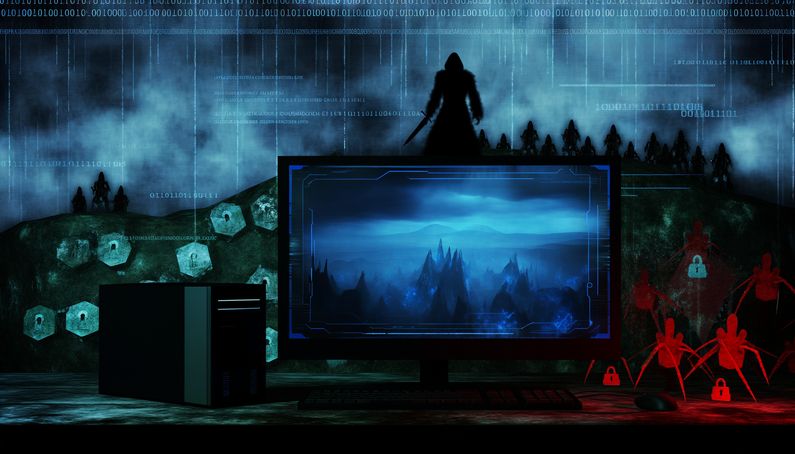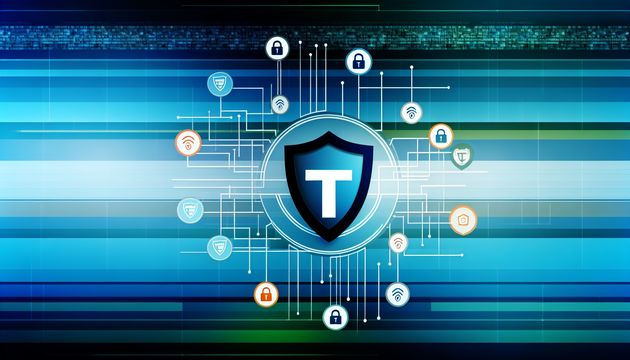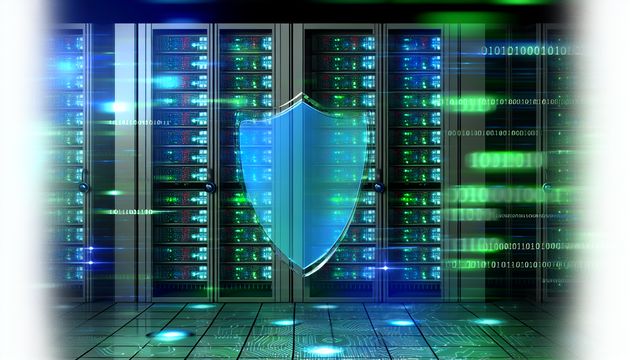
Steam's Security Challenge: Malware in Game Demos
Steam, a leading digital distribution platform for video games, recently faced a significant security challenge when certain game demos were found to contain info-stealing malware. Games like PirateFi and Sniper: Phantom’s Resolution were identified as carriers of malicious software capable of harvesting sensitive user data, including passwords and personal information. This malware, often operating under the radar of traditional antivirus solutions, poses a serious threat to user privacy and security (Bleeping Computer). The malware, identified as Vidar, was distributed through modified game files, tricking users into downloading and executing it on their systems (TechCrunch). This incident underscores the importance of robust security measures and user vigilance in the digital gaming landscape.
Security Concerns and Recommendations
Malware Identification and Impact
The recent incidents involving Steam games such as PirateFi and Sniper: Phantom’s Resolution have highlighted significant security concerns for users of the platform. These games were found to contain info-stealing malware, which poses a severe threat to user privacy and data security. Info-stealing malware is a type of malicious software designed to secretly collect sensitive information from a user’s computer, such as passwords and personal data. This type of malware often operates stealthily, making it difficult for traditional antivirus software to detect (Bleeping Computer).
This kind of malware can really wreak havoc, leading to unauthorized access to user accounts, identity theft, and financial loss. In the case of PirateFi, the malware was identified as Vidar, a notorious info-stealer that has been used in various cyber-attacks. The malware was distributed through modified game files, tricking users into downloading and executing it on their systems (TechCrunch).
Valve’s Response and Security Measures
In response to these security breaches, Valve, the company behind Steam, has taken several steps to mitigate the risk of future incidents. One of the primary measures implemented by Valve is the requirement for two-factor authentication (2FA) for developers updating their games on the platform. This additional layer of security aims to prevent unauthorized access to developer accounts, thereby reducing the likelihood of malicious software being distributed through Steam (Bitdefender).
Valve has also removed the offending games from the Steam Store and issued warnings to users who may have been affected. These warnings encourage users to conduct full-system scans using trusted antivirus software and to inspect their systems for any unexpected or newly installed software (Cyber Daily).
User Recommendations and Best Practices
To protect themselves from similar threats in the future, users are advised to follow several best practices. First and foremost, users should ensure that their systems are equipped with up-to-date antivirus software capable of detecting and mitigating malware threats. Regular system scans should be conducted to identify and remove any malicious files that may have been inadvertently downloaded (PCGamesN).
Additionally, users should be cautious when downloading games or demos from unofficial sources. As demonstrated by the Sniper: Phantom’s Resolution incident, downloading software from third-party websites can increase the risk of malware infection. Users should verify the legitimacy of the source before proceeding with any downloads (Gaming News).
Developer Accountability and Security Protocols
Developers play a crucial role in maintaining the security of the Steam platform. To prevent the distribution of malware, developers should adhere to strict security protocols when creating and updating their games. This includes conducting thorough security audits of their code to identify and address potential vulnerabilities before releasing their products to the public (Roonby).
Moreover, developers should be transparent about their security practices and collaborate with Valve to ensure that their games meet the platform’s security standards. By fostering a culture of accountability and vigilance, developers can help protect users from the threat of malware (Bleeping Computer).
Collaborative Efforts and Future Strategies
The fight against malware on platforms like Steam requires a collaborative effort between developers, platform providers, and users. Organizations such as the Cybersecurity and Infrastructure Security Agency (CISA) provide valuable resources and guidance to help identify and protect against cyber threats. By leveraging these resources, stakeholders can enhance their security posture and better defend against evolving threats (CISA).
Looking ahead, Valve and other platform providers must continue to invest in advanced security technologies and strategies to stay ahead of cybercriminals. This includes exploring machine learning and artificial intelligence solutions to detect and respond to threats in real-time. For example, AI can be used to analyze patterns in data to predict and prevent potential security breaches before they occur. By staying proactive and adaptive, the gaming industry can create a safer environment for users worldwide (CISA).
Final Thoughts
The recent malware incidents on Steam highlight the ongoing battle between cybersecurity measures and cybercriminals. Valve’s proactive steps, such as implementing two-factor authentication for developers and removing malicious games, are crucial in mitigating risks (Bitdefender). However, the responsibility also lies with users and developers to maintain security best practices. Users must ensure their systems are protected with up-to-date antivirus software and be cautious of unofficial downloads (PCGamesN). Developers, on the other hand, should adhere to strict security protocols and collaborate with platform providers to safeguard user data (Roonby). As the gaming industry evolves, continuous investment in advanced security technologies and collaborative efforts among stakeholders will be essential to create a safer environment for gamers worldwide (CISA).
References
- Bleeping Computer. (2025). Steam pulls game demo infecting Windows with info-stealing malware. https://www.bleepingcomputer.com/news/security/steam-pulls-game-demo-infecting-windows-with-info-stealing-malware/
- TechCrunch. (2025). Hackers planted a Steam game with malware to steal gamers’ passwords. https://techcrunch.com/2025/02/18/hackers-planted-a-steam-game-with-malware-to-steal-gamers-passwords/
- Bitdefender. (2025). Steam users alerted to potential malware in Sniper: Phantom’s Resolution demo. https://www.bitdefender.com/en-us/blog/hotforsecurity/steam-users-alerted-to-potential-malware-in-sniper-phantoms-resolution-demo
- Cyber Daily. (2025). Game over: Steam removes game that contained malware. https://www.cyberdaily.au/security/11714-game-over-steam-removes-game-that-contained-malware
- PCGamesN. (2025). Removed game malware PirateFi. https://www.pcgamesn.com/steam/removed-game-malware-piratefi
- Gaming News. (2025). A Steam game demo has been identified as a malware by Reddit users. https://gaming.news/news/2025-03-17/a-steam-game-demo-has-been-identified-as-a-malware-by-reddit-users/
- Roonby. (2025). Pirate Fi: The free Steam game that contains malware. https://roonby.com/2025/02/19/pirate-fi-the-free-steam-game-that-contains-malware/
- CISA. (2025). Cyber threats and advisories: Malware, phishing, and ransomware. https://www.cisa.gov/topics/cyber-threats-and-advisories/malware-phishing-and-ransomware



